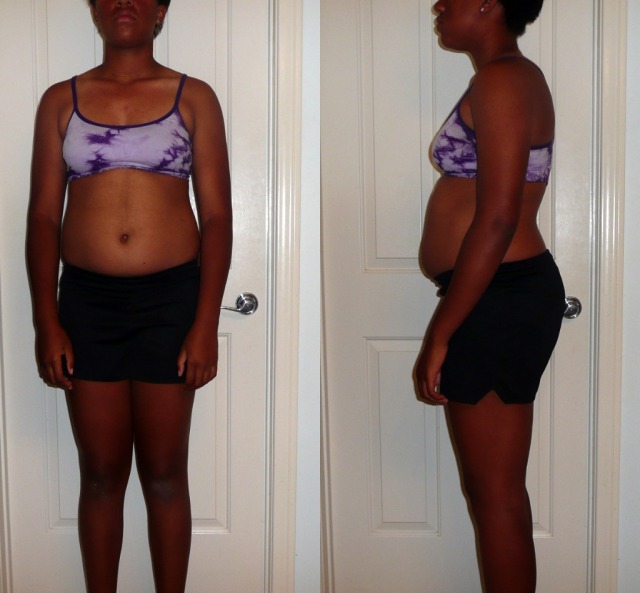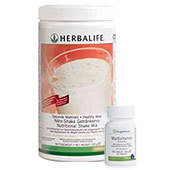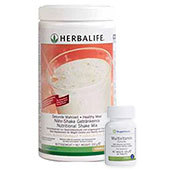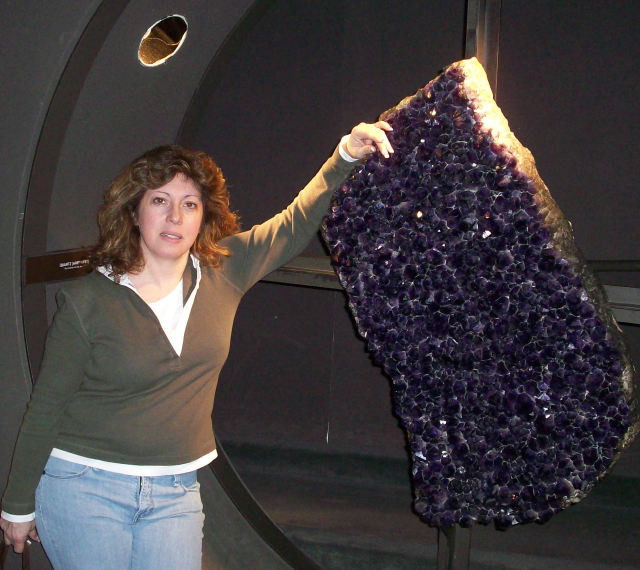Lose Weight > Question and Answer > Nutrition Dieting > Good and bad trans fats: good and bad cholesterol?
Good and bad trans fats: good and bad cholesterol?
Question
Dear Tanya,
I understand that artificial trans fats raise LDL and lower HDL levels in the body, but I would like to know the chemical and biological reasons for this. Is it true that some types of trans fats may actually behave differently, and if so, how are those trans fats any different than artificial trans fats?
Todd,
Trans fat is made in the process called hydrogenation by making liquid oils solid. It is called so because instead of natural (cis) configuration with hydrogen atoms sitting on the same side of carbon chain, here's they sit on the opposite sides ("trans" means "across" in Latin).
There are also natural trans fats found in meat and dairy, such as milk, yogurt and cheese and they somehow can be good for you, but they are mix of cis and trans forms.
One such trans fat is found in conjugated linoleic acid, or CLA that can lower LDL without bad effects on HDL. CLA acts as an antioxidant of animal origin.
As to the "bad" cholesterol LDL, trans fat acts exactly like any saturated fat by raising the level of LDL, but it's worse that saturated fat because it also decreases levels of"good" cholesterol HDL. The theory is that the human enzyme lipase playing important role in digestion and absorption of dietary fats is specific to the natural (cis) shape of fatty acid molecule. Meanwhile, the trans fat configuration is unnatural and so trans fat cant be processed and remains in the blood adding to the artery plaque formation and not to the production of "good" cholesterol.
Interestingly, if the vegetable oil is "fully hydrogenated," then it's not "trans" anymore, and it just becomes another saturated fat.
Reading:
How to Fight Trans-fats
http://atkinszone.com/advice_support/2008/09/how-to-fight-trans-fats.html
CLA supplements
http://atkinszone.com/did-you-know/2008/08/cla-supplements.htmlhttp://atkinszone...
Tanya Zilberter
Related Articles
-
Does bulimia affect your vocal chords?
QuestionDear Reverend Abbott, Im completely obsessive about my we
-
Track&Field Diet
QuestionHi Laura, I am 16 years old, a junior in high school and
-
food types
QuestionHello Can I ask you a question about how we digest food?
-
Meal replacement drinks
QuestionCould a person survive on Ensure or Boost and nothing els
-
Losing Weight.
QuestionIm 54, and weigh 235lbs, and Im trying to lose 10lbs in 4
-
weight loss/diet/exercise
QuestionMy history= I am a large-framed 36 year-old female, 170 l




